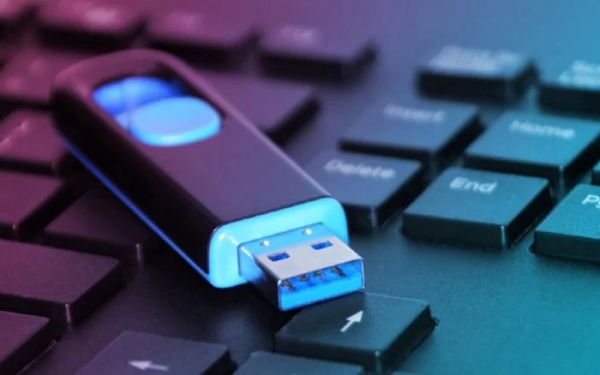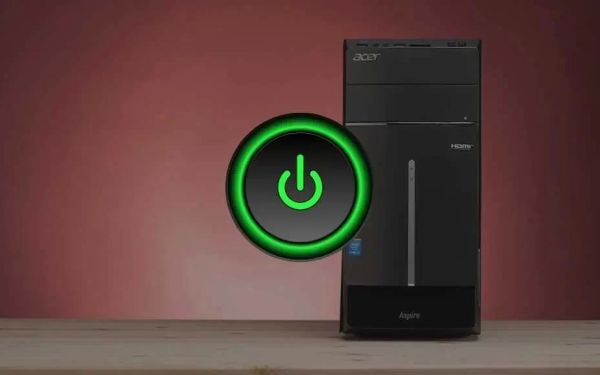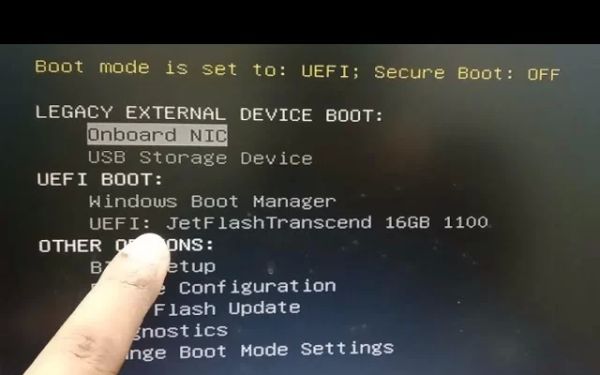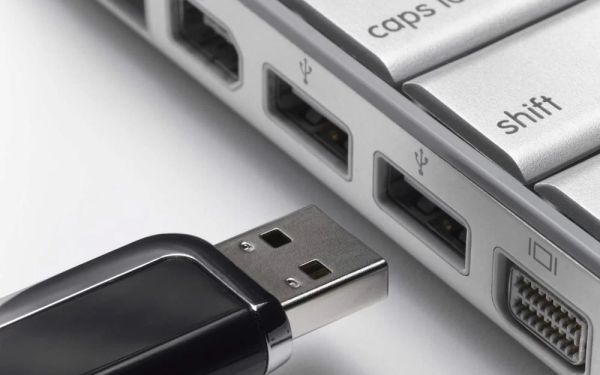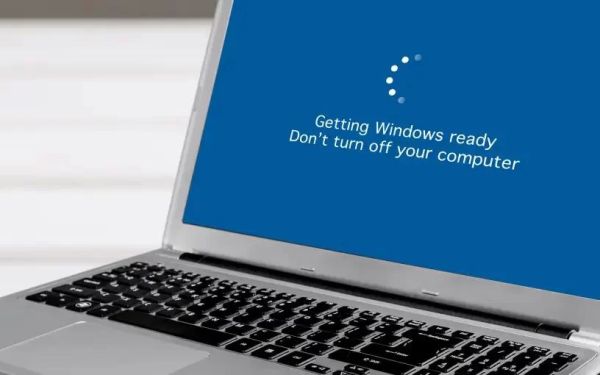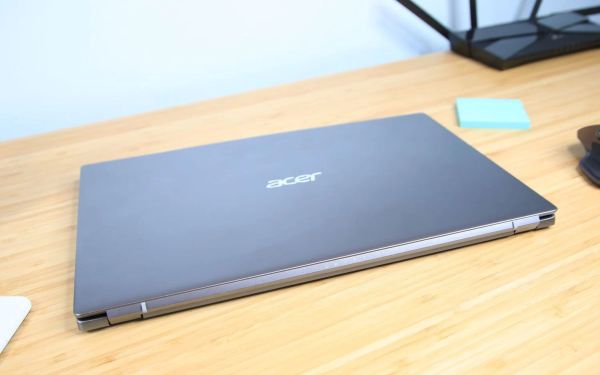- Understanding Booting from USB
- Common Issues That Prevent USB Booting
- How to Fix USB Booting Issues
- Tips to Prevent USB Booting Issues
Understanding Booting from USB
Booting from USB is a convenient and efficient way to install an operating system or run live applications on your computer. It allows you to boot up from a USB drive instead of the internal hard drive. This process is commonly used for system recovery, installation, and troubleshooting. However, if your computer is not booting from USB, it can be frustrating, especially when you need to use the USB drive for important tasks.
Before we dive into solutions, it’s important to understand that USB booting requires certain settings in your computer's BIOS or UEFI firmware, as well as a bootable USB drive that’s configured correctly.
Common Issues That Prevent USB Booting
There are several reasons why your computer may not boot from USB. Some of the most common issues include:
- Incorrect BIOS/UEFI Settings: One of the most common reasons for USB boot failure is improper BIOS/UEFI configuration. Your computer may not be set to prioritize booting from a USB device.
- Bootable USB Drive Not Properly Created: If the USB drive is not set up correctly (e.g., missing boot files or improperly formatted), the computer won’t recognize it as a bootable device.
- USB Port or Device Issues: Sometimes, the issue may lie with the USB port or the USB drive itself. A faulty port or drive could prevent your system from detecting the USB device.
- Outdated BIOS/UEFI Firmware: An outdated BIOS/UEFI firmware might not fully support booting from newer USB drives or devices, leading to boot failure.
Understanding these potential issues can help you narrow down the problem and work toward a solution.
How to Fix USB Booting Issues
If your computer is not booting from USB, there are several steps you can take to resolve the issue:
1. Check BIOS/UEFI Settings: Restart your computer and enter the BIOS or UEFI settings (usually by pressing F2, F12, DEL, or ESC during startup). Ensure that the boot order is configured to prioritize USB devices. Set USB as the first boot device and save the changes.
2. Verify the USB Drive is Bootable: Ensure that your USB drive is properly set up. You can use tools like Rufus or the Windows Media Creation Tool to create a bootable USB drive with the correct operating system installation files.
3. Test the USB Port and Device: Try using a different USB port or a different USB drive. Sometimes a faulty port or drive can prevent your computer from booting from USB.
4. Update BIOS/UEFI Firmware: If your BIOS/UEFI firmware is outdated, it might not support booting from newer USB drives. Visit your computer manufacturer’s website for the latest BIOS/UEFI update and follow the instructions to update your firmware.
These steps should help you resolve most USB booting issues. However, if the problem persists, you may want to consider consulting a professional for further assistance.
Tips to Prevent USB Booting Issues
Once you’ve resolved your USB booting issue, here are some tips to prevent it from happening again in the future:
- Regularly Update BIOS/UEFI: Keeping your BIOS/UEFI firmware up to date ensures compatibility with newer devices and operating systems, reducing the chances of booting problems.
- Create a Bootable USB Properly: Always ensure that your bootable USB is set up correctly using reliable tools. A corrupt or incomplete bootable USB can lead to failed boot attempts.
- Check USB Port Functionality: If you're using multiple USB devices, check the USB ports for wear and tear. Faulty ports can be a source of booting issues.
- Use Quality USB Drives: Invest in high-quality USB drives to ensure faster boot times and reduce the risk of failure.
By following these preventive measures, you can minimize the risk of encountering USB booting issues in the future, ensuring a smooth and efficient experience.
If you’re looking for a reliable USB drive for creating bootable media, consider checking out Ninja Stik. Our high-quality, fast USB drives are perfect for booting your operating system or recovery tools efficiently.

